3-way ball valves are the most widely used and cost-effective, multi-port valves. This kind of valve is frequently used to divert media in two separate directions or for applications with several media sources. Three ports or openings on a 3-way ball valve allow media like gas or liquids to pass through piping or tubing. Depending on the flow direction via the valve, these ports typically have one inlet and two outlet ports or one outlet and two inlet ports. In addition, a 3-way ball valve allows for mixing two different media types (selector valve) or the redirection of media flow (diverter valve). Read More…
CR-TEC Engineering is a supplier of a broad range of valve products for fluid handling. Our specialty is automated valves using pneumatic or electric actuators. However, we also supply any of our valves in manually operated versions, with hand levers or hand wheel gearboxes. We are capable of assisting our customers with system design recommendations and will help in the valve selection process.

Marwin Valve is known for high quality products and customer service. Some products include ball valves, brass ball valves, high pressure valves, stainless steel ball valves, flanged ball valves, 4 way ball valves and 3 way ball valves. We serve a wide variety of industries. Please give us a call today to learn more information!
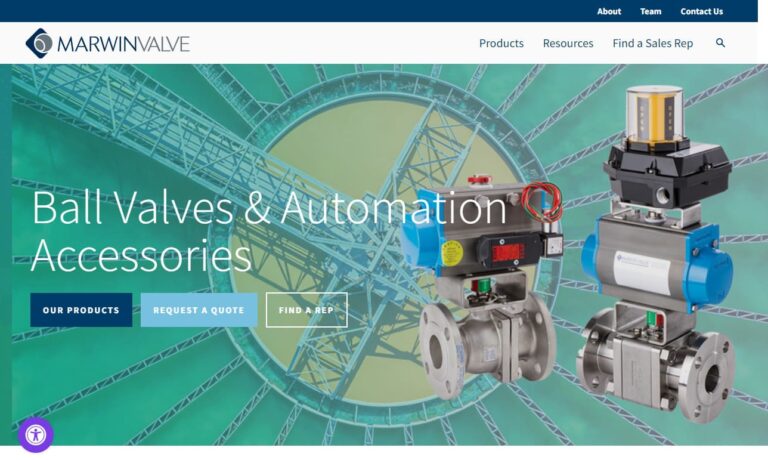
At Kingston Valves, we are proud to be recognized as a leading manufacturer and supplier of high-quality ball valves, catering to diverse industries worldwide with precision-engineered solutions that ensure efficient flow control and reliable performance. With decades of experience and a commitment to innovation, we have earned the trust of our customers as a dependable partner for all their...
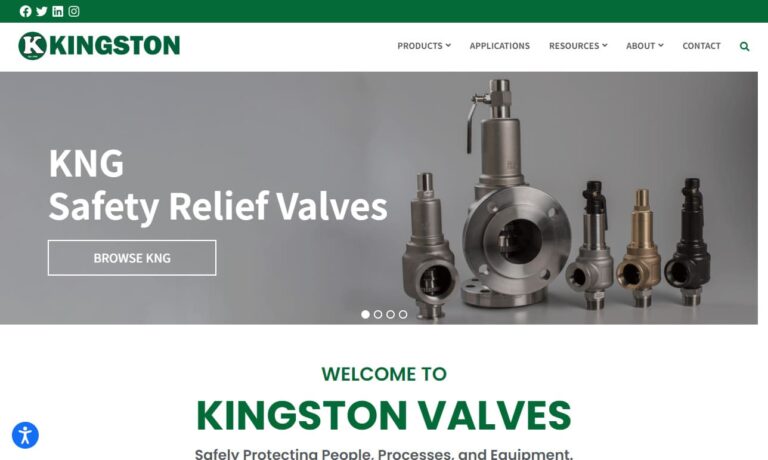
When it comes to ball valves, you can count on Valve Check to manufacture ball valves and relief valves! Our valves can operate up to 10,000 PSI, and can be made from such materials as brass, aluminum, steel and stainless steel. Many standards and configurations available! For more information, call us today! We look forward to working with you!
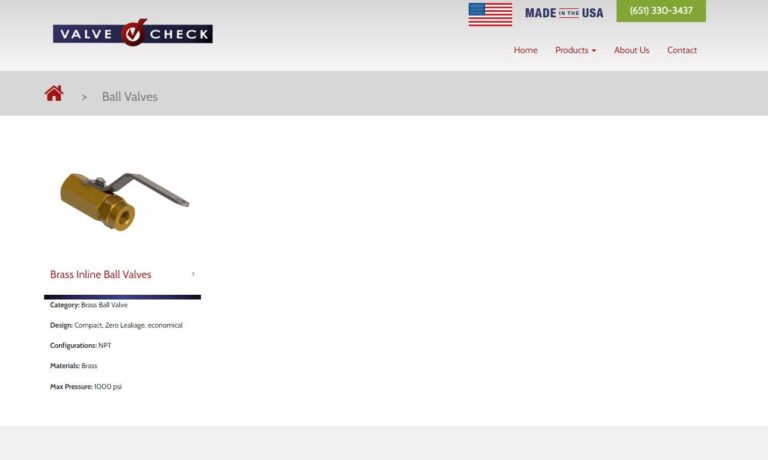
Alloy Valves and Controls, Inc. (AVCO) manufactures valves and instrumentation devices for all types of fluid flow conditions. We supply standard and custom products with full control over our designs and manufacturing. We are proud to be an ISO 9001:2015 Certified, “Made in California” and “Women Owned” business. We produce control valves, cryogenic valves, sanitary valves and...
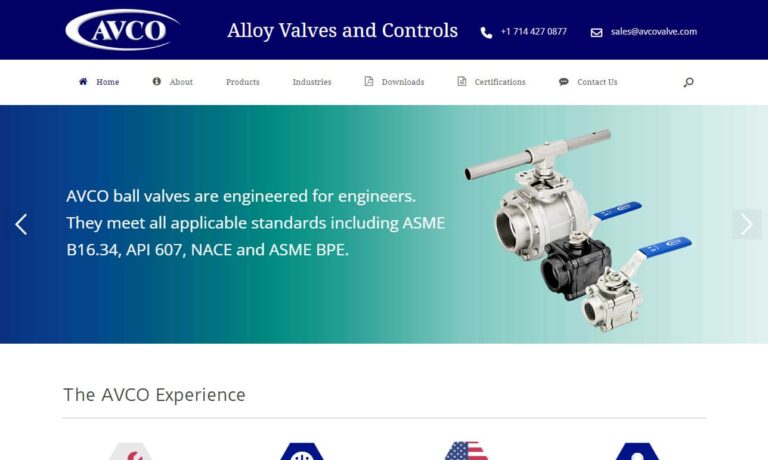
More 3 Way Ball Valve Manufacturers
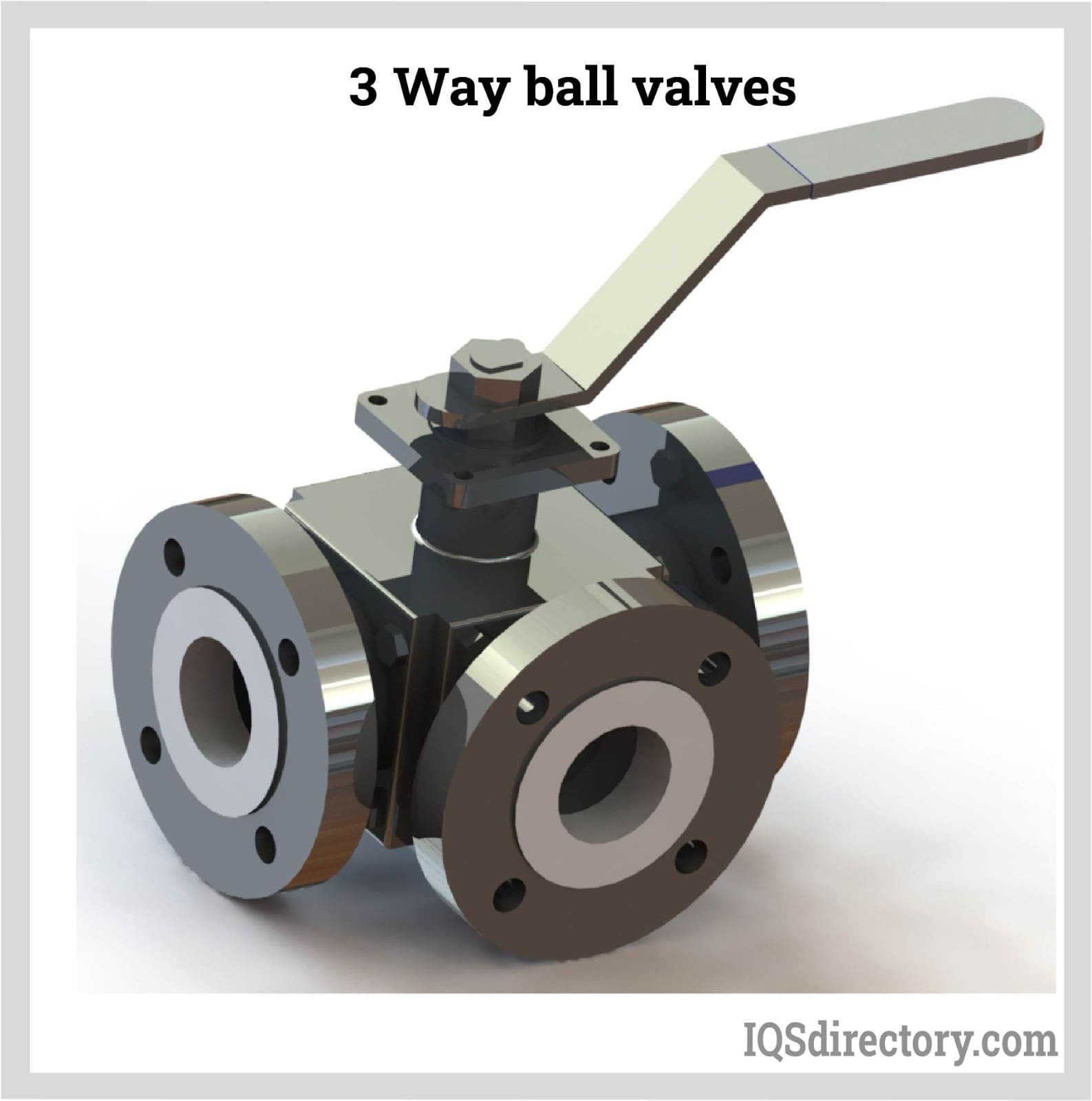
3-way ball valves are common because they offer shut-off and flow direction control in a single valve body affordably and straightforwardly. A 3-way ball valve rotates within the valve body as the handle is turned, aligning the ball's cut-out channels with the valve's inlets and outlets.
Types of 3-Way Ball Valves
L-Port Valves
The L-port (L-pattern) valve permits fluid from two independent inlet ports to converge to a shared exit without using the same input port. L-port valves have one output port and two inlets. Turning the handle or actuator of the L-pattern style, or diverter valve, 90° changes the flow from one port to the other. Assume that the left and bottom ports open in the first position. The valve switches the media flow to the right outlet with a quarter turn in the opposite direction of clockwise rotation. The passage of media is blocked by a further quarter turn in the opposite direction, which permits a full rotation of 180°.
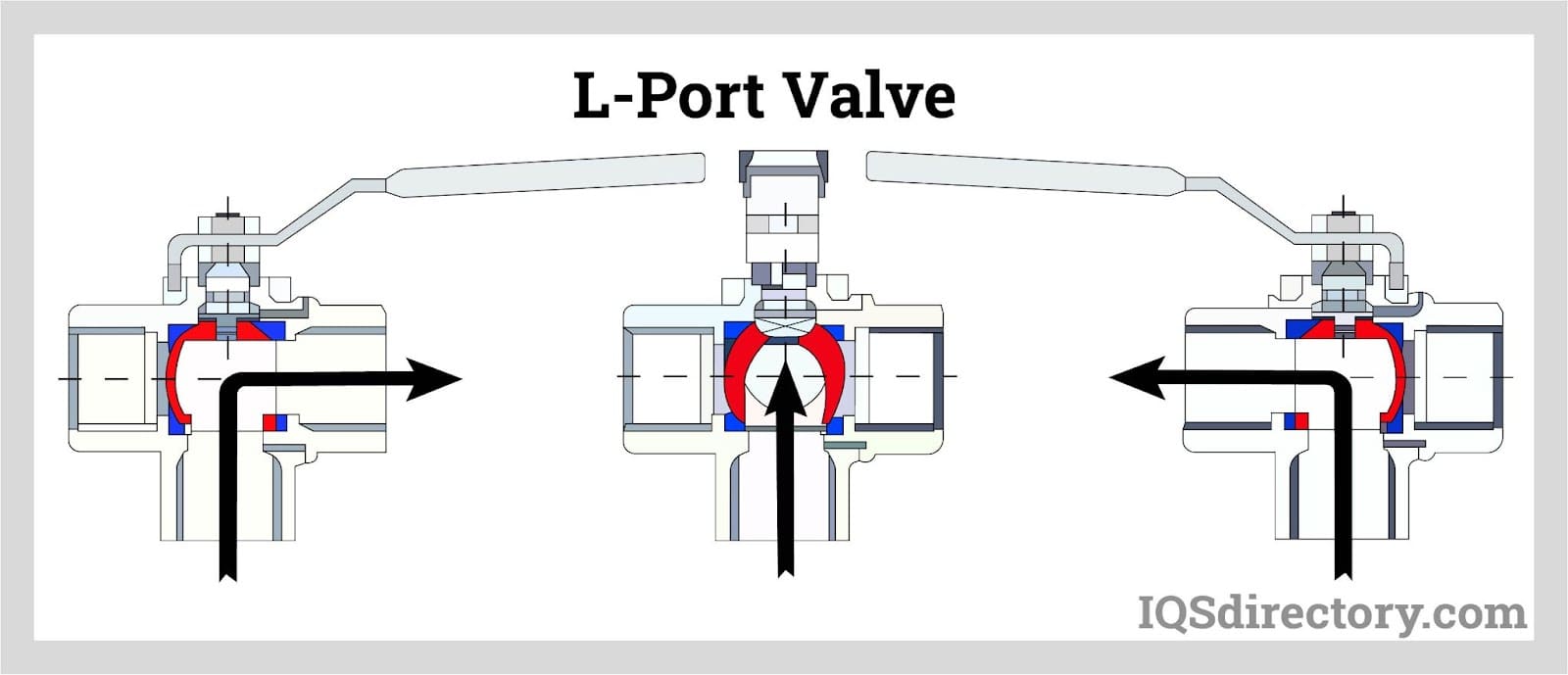
A 270°-turn will also impede media movement. An L-port valve can, however, flip completely around and reposition itself. This is because two of the three ports can be open at once. This allows the valve to have two shut-off positions and three flow options.
T-Port Valves
T-port valves combine two fluid sources into one line, or channel fluids from one source to many destinations. The T-pattern ball valve can function similarly to an L-type valve by serving as a diverter utilizing a quarter turn of the handle. Like an L-port valve, one can turn the T-port valve actuator or lever through a quarter turn to guide the fluid flow in either direction. However, an "all ports closed" configuration is not possible with T-port valves.
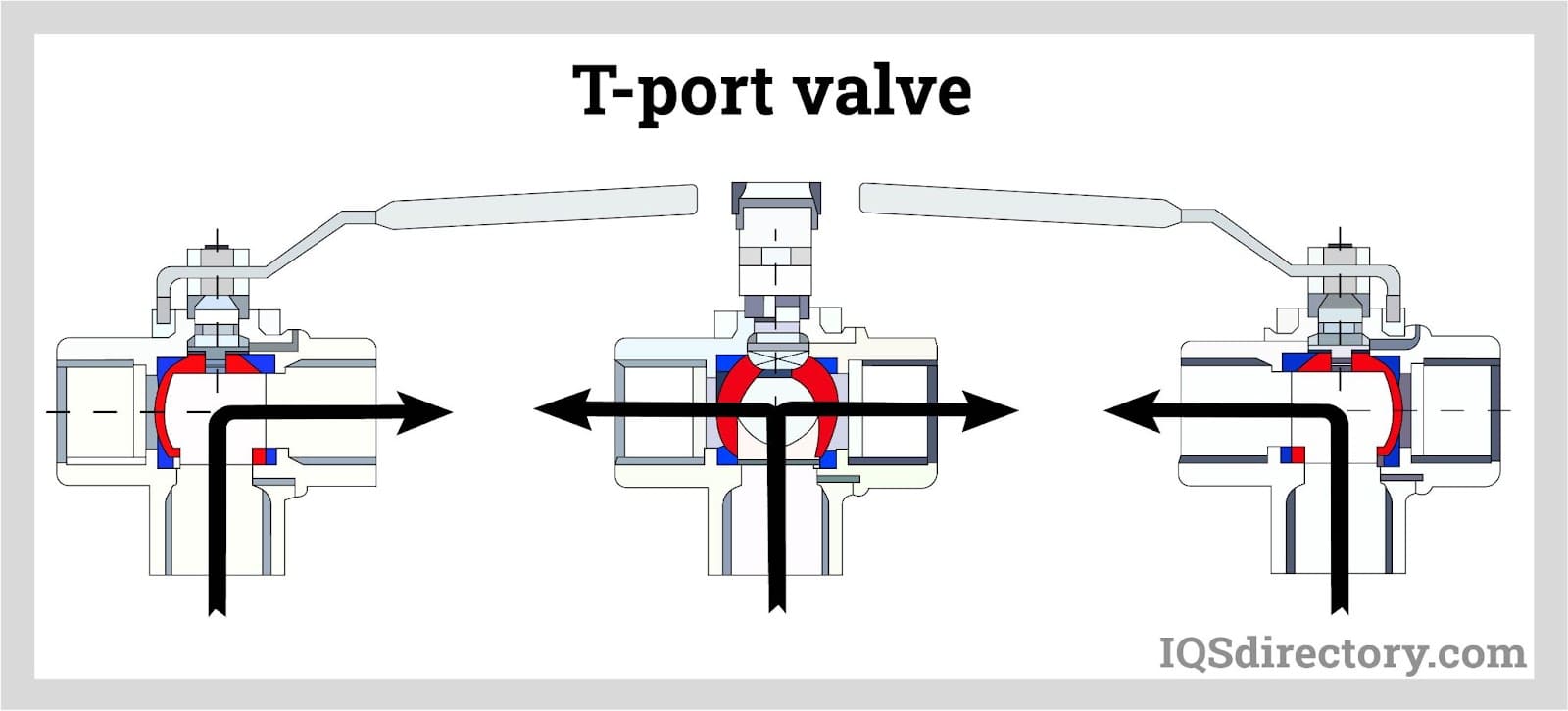
T-port valves can feature lock handles that limit how far the flow control mechanisms can rotate, although they can also rotate 180° or 360°. Better control over the amounts of fluid to divert or mix inside the valve body is provided by limiting the motion of the ball or flapper. T-port patterns can either limit the flow to two ports or make it easier for all three ports to pass, but they cannot have a bubble-tight shut-off.
One can open all three ports of the T-port or mixer valves simultaneously. The T-pattern enables a straight-through flow or two opposing directions for the service medium. The common port always opens when the T-port valve is set up vertically.
Applications or 3-Way Ball Valves
- T-port valves provide steady fluid flow. They can be utilized as bypass valves as well. T-ported valves are used in a variety of general industrial applications like media mixing and sampling.
- Due to their adaptability, L-port valves can, when required, provide shut-off, directional control, fluid diversion, or fluid bypass capabilities. Alternating fluid sources is a typical application for L-port valves (vertical or horizontal).
- One can combine two different sources of fluid flow with 3-way ball valves. For example, in a piping system used as a beverage production line, the valve may serve as the primary point of combination for fluids running from a pure water line and a storage tank for juice concentrate.
- One can direct fluid flow from one source simultaneously to two different destinations with a 3-way ball valve. However, it’s crucial that the inlet’s pressure be maintained so that it is balanced and kept higher than the outlet ports to ensure a smooth mixing operation.
- 3-way ball valves are used for adjusting flow between two destinations or storage tanks (when used like an L-port valve).
- Water can flow in one pipe while being stopped in another thanks to a 3-way ball valve. In a modulating or 3-point floating application, these valves can channel water from one pipe into two distinct pipes or combine water from two different pipes into one pipe.
Benefits of 3-Way Ball Valves
- 3-way ball valves provide minimal flow resistance since the same-length pipes are equivalent to a resistance coefficient.
- 3-way ball valves are lightweight, low-volume, and simple structures.
- 3-way ball valves provide trustworthy sealing and are frequently used in vacuum systems.
- Different materials may be used to create the sealing face.
- They provide practical operation. 3-way ball valves rapidly open or close. These valves can be opened or closed by simply turning them 90°, making remote-control easy.
- They feature practical maintenance. 3-way ball valves are made of simple materials; that is, the sealing ring can be bent so that replacement and disassembly are simple processes.
- The ball and sealing face of the seat are separated from the medium when the valve is opened or closed. Therefore, the medium does not degrade the sealing face when passing through.
- 3-way ball valves are useful in a broad range of applications since they are available in diameter sizes ranging between ½” and 48” and pressures ranging from 150 PSI and 2,500 PSI (Pounds per Square Inch).
Choosing the Correct 3 Way Ball Valves Supplier
To make sure you have the most positive outcome when purchasing 3 Way Ball Valves from a 3 Way Ball Valves Supplier, it is important to compare at least 5 or 6 Suppliers using our list of 3 Way Ball Valves companies. Each 3 Way Ball Valves Manufacturer has a business profile page that highlights their areas of experience and capabilities and a contact form to directly communicate with the manufacturer for more information or request a quote. Review each 3 Way Ball Valves business website using our patented website previewer to get an idea of what each company specializes in, and then use our simple RFQ form to contact multiple 3 Way Ball Valves companies with the same quote.


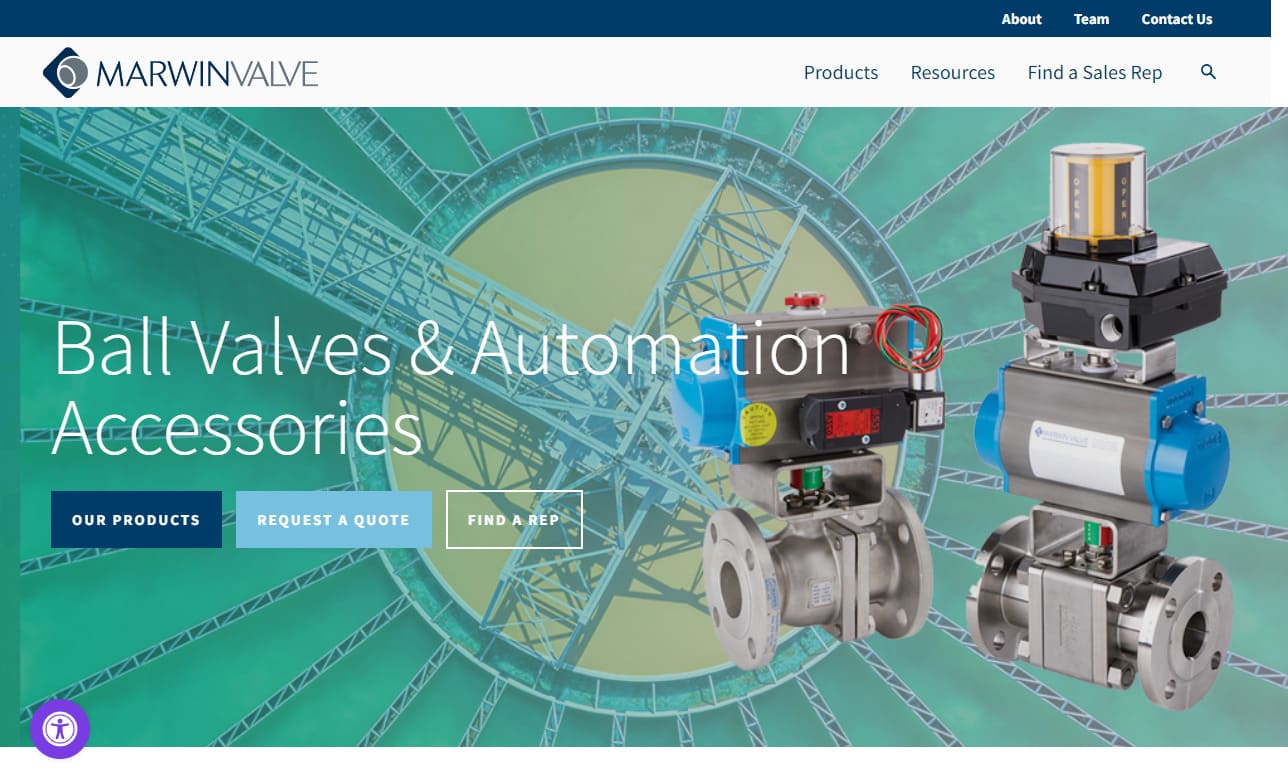
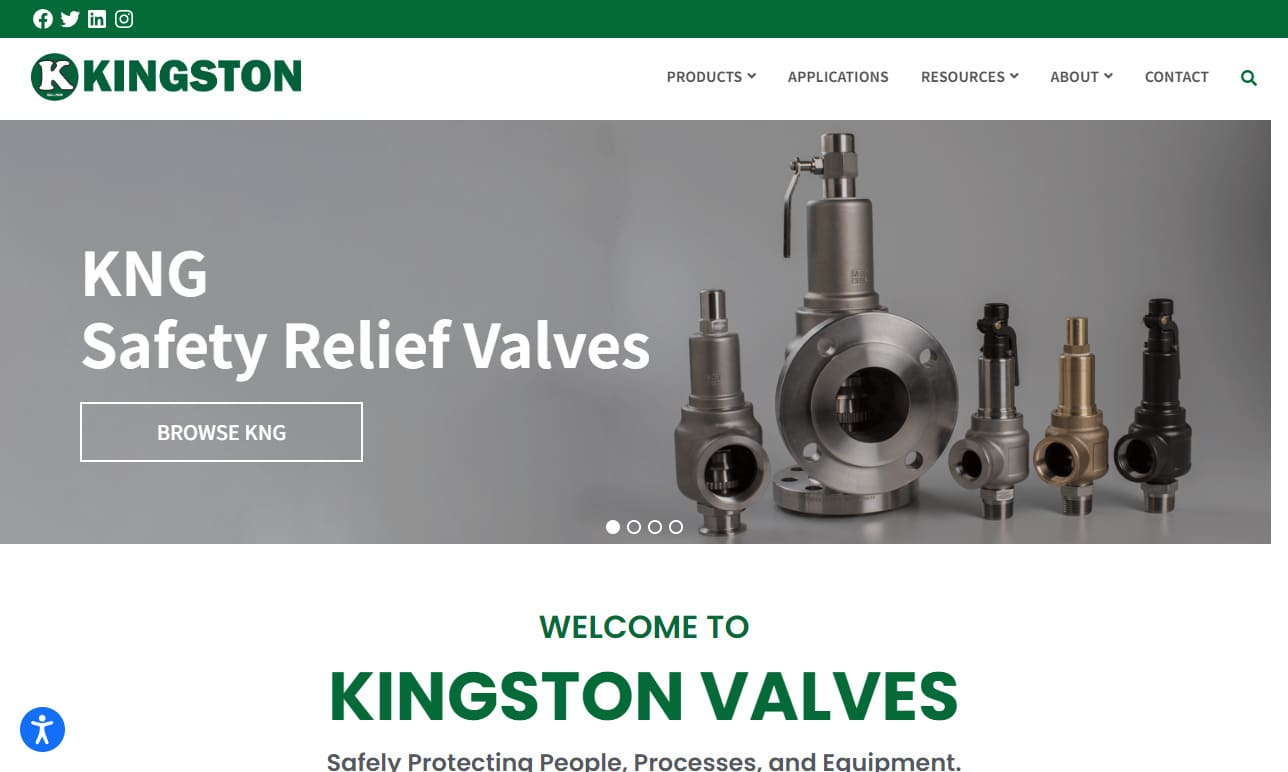
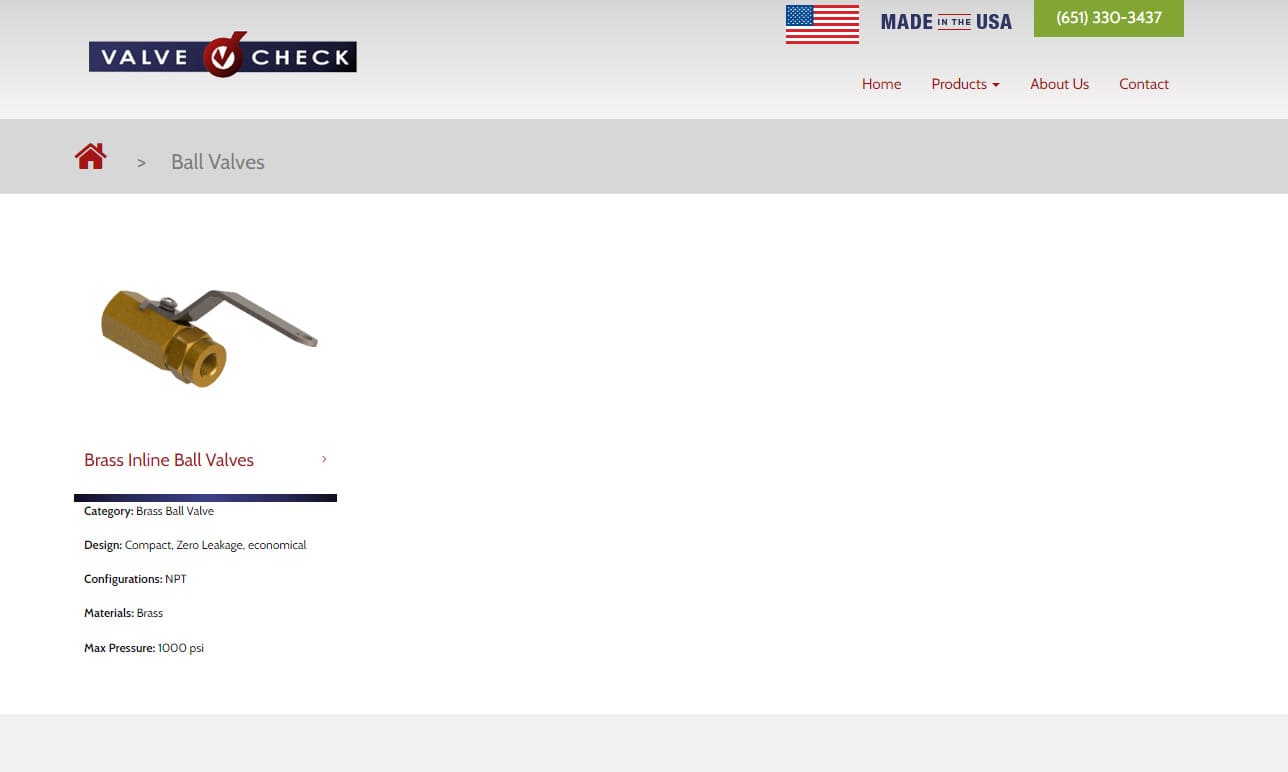
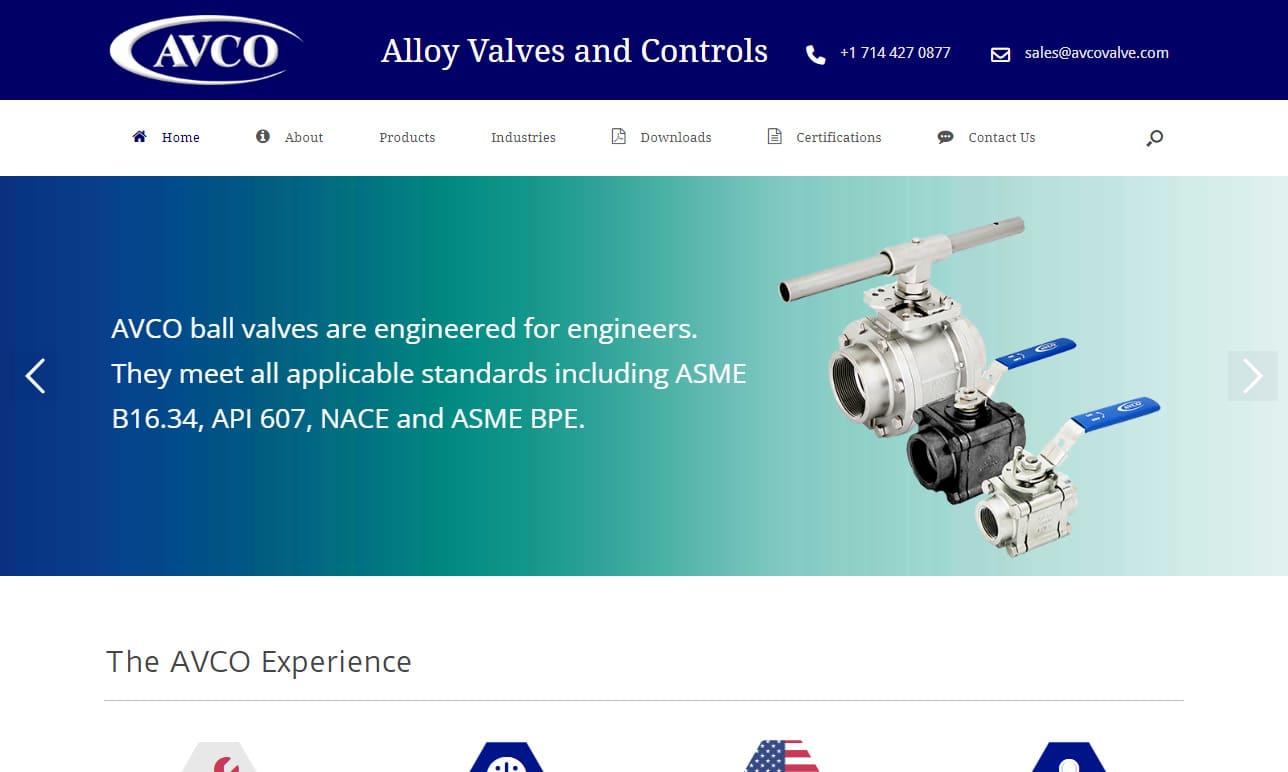
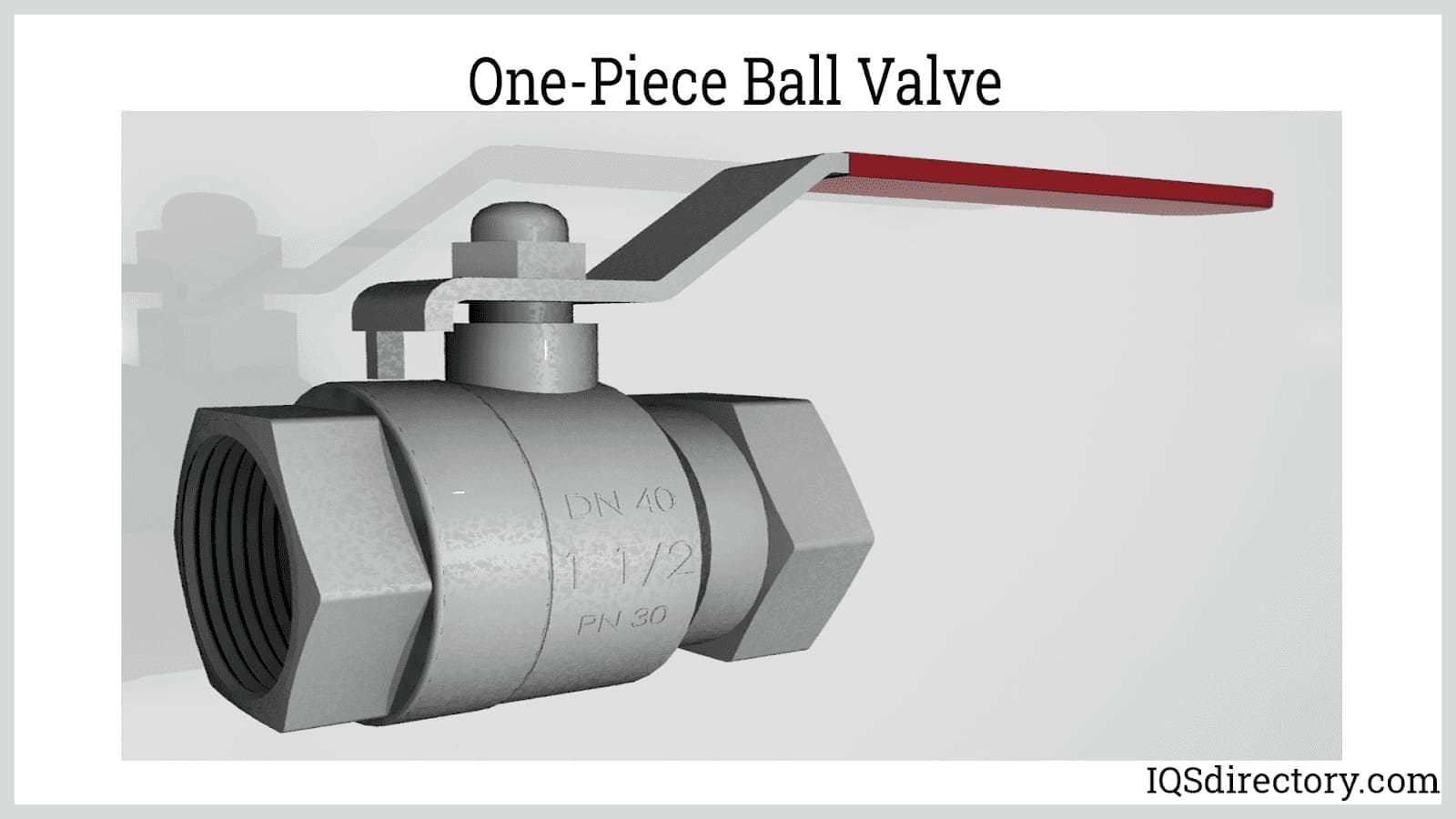
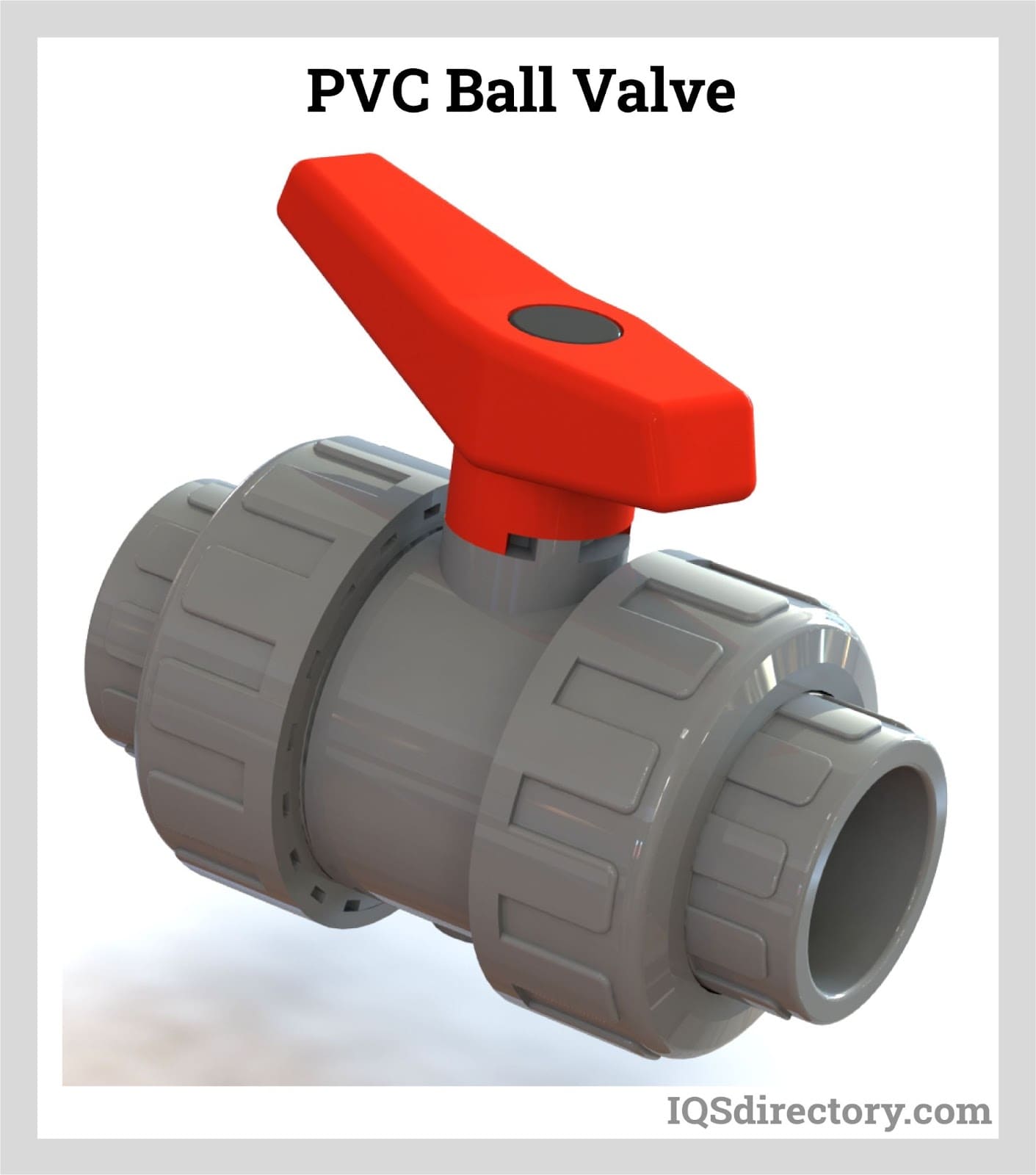
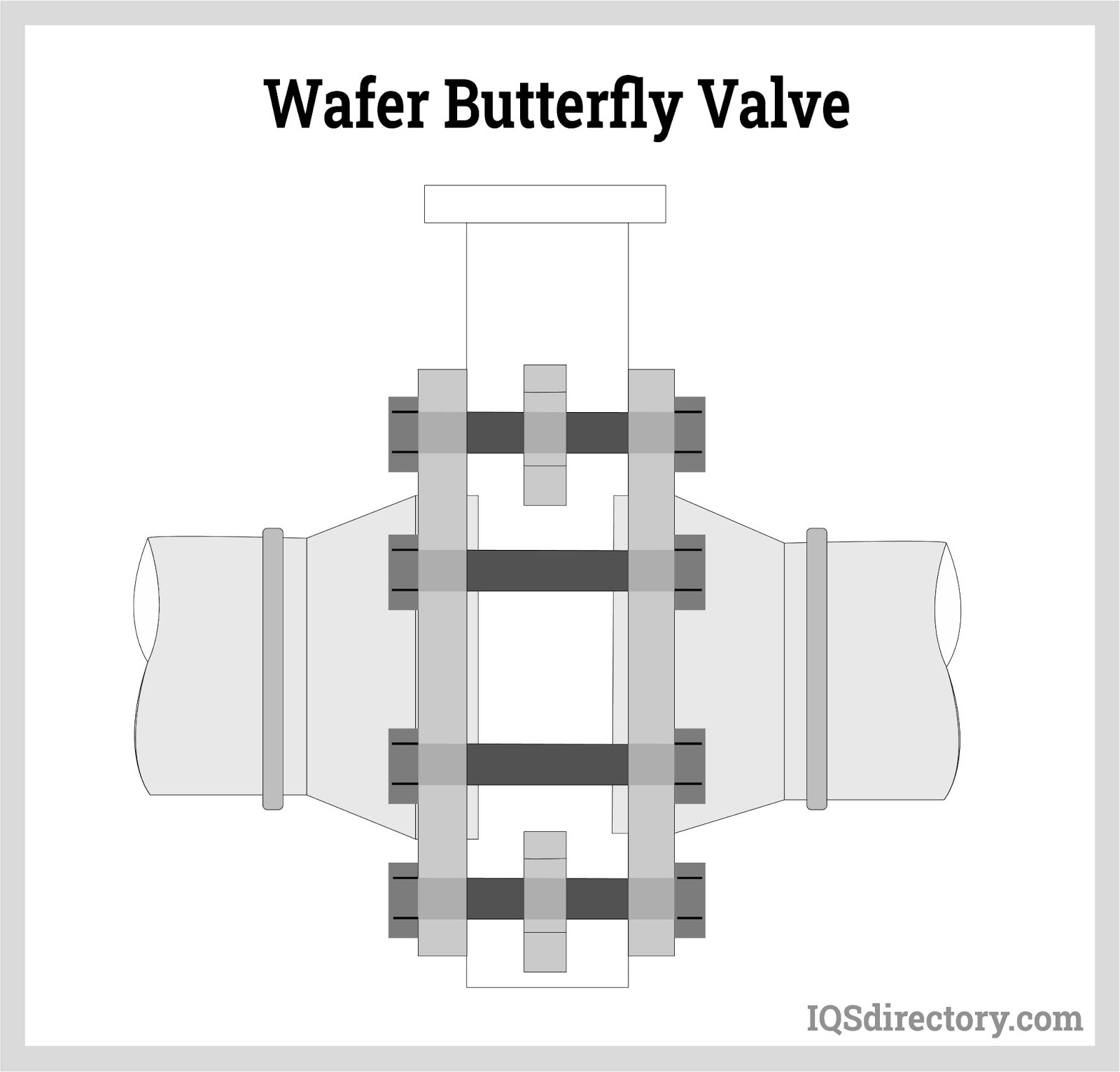
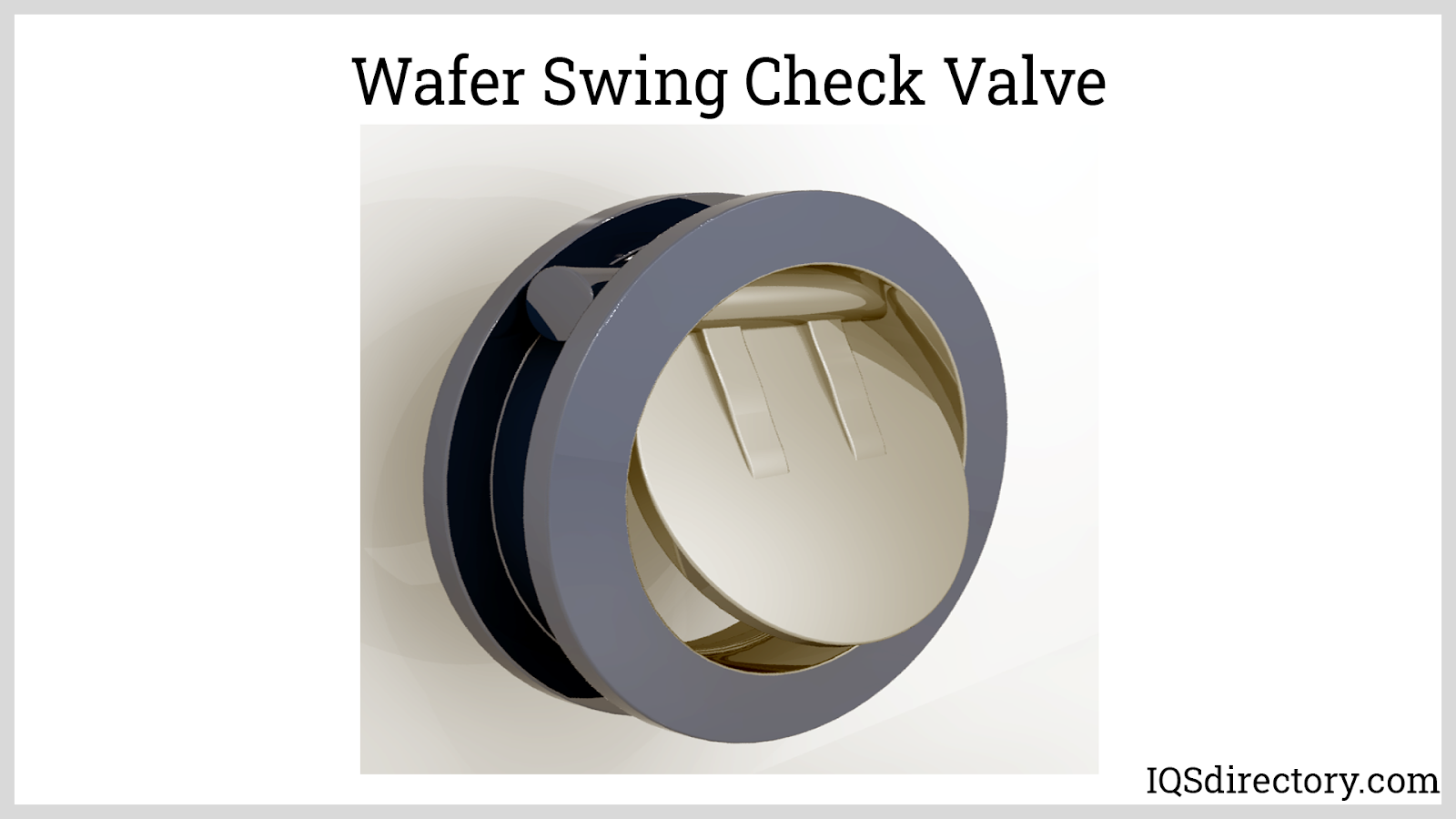
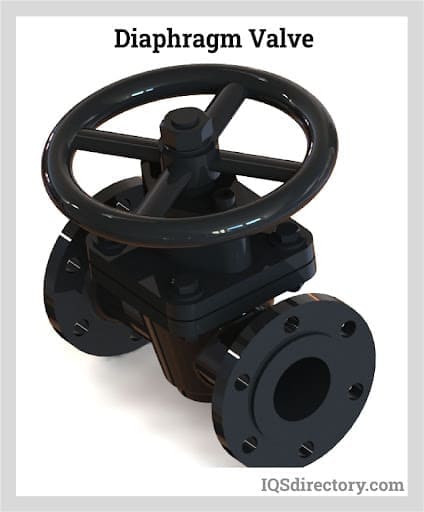
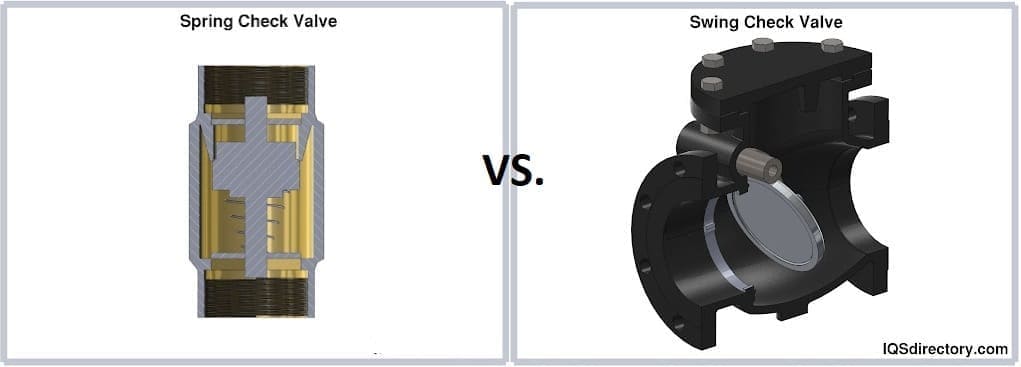
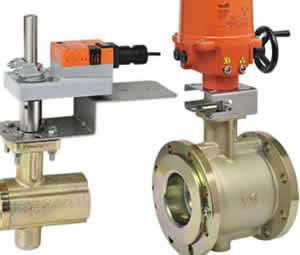 Ball Valves
Ball Valves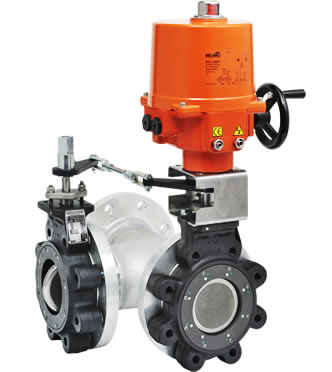 Butterfly Valves
Butterfly Valves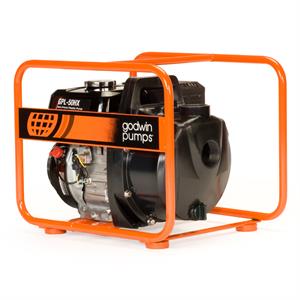 Centrifugal Pumps
Centrifugal Pumps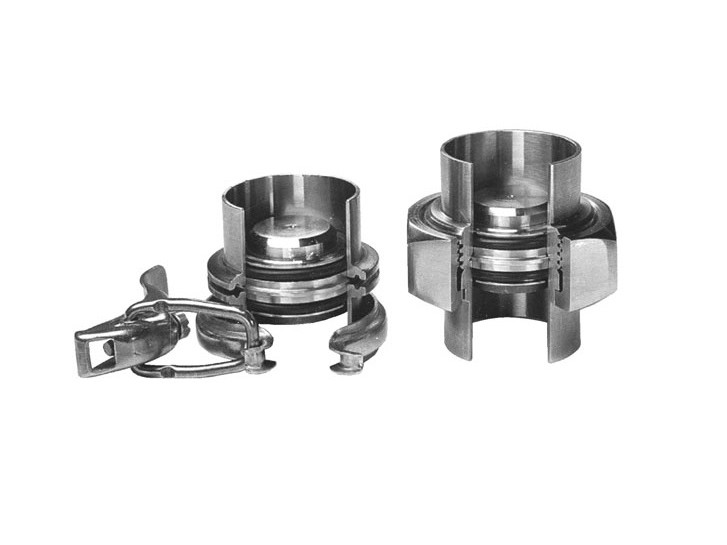 Check Valves
Check Valves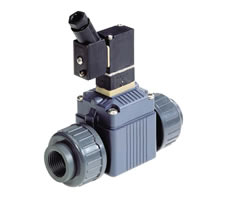 Diaphragm Valves
Diaphragm Valves Flow Meters
Flow Meters Hydraulic Pumps
Hydraulic Pumps Hydraulic Valves
Hydraulic Valves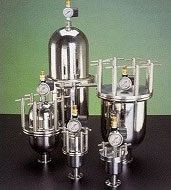 Metering Pumps
Metering Pumps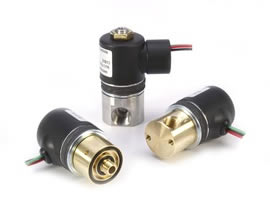 Solenoid Valves
Solenoid Valves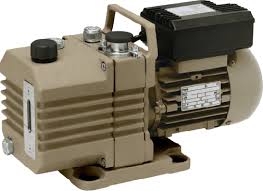 Vacuum Pumps
Vacuum Pumps Castings & Forgings
Castings & Forgings Bulk Material Handling
Bulk Material Handling Electrical & Electronic Components
Electrical & Electronic Components Flow Instrumentation
Flow Instrumentation Hardware
Hardware Material Handling Equipment
Material Handling Equipment Metal Cutting Services
Metal Cutting Services Metal Forming Services
Metal Forming Services Metal Suppliers
Metal Suppliers Motion Control Products
Motion Control Products Plant & Facility Equipment
Plant & Facility Equipment Plant & Facility Supplies
Plant & Facility Supplies Plastic Molding Processes
Plastic Molding Processes Pumps & Valves
Pumps & Valves Recycling Equipment
Recycling Equipment Rubber Products & Services
Rubber Products & Services